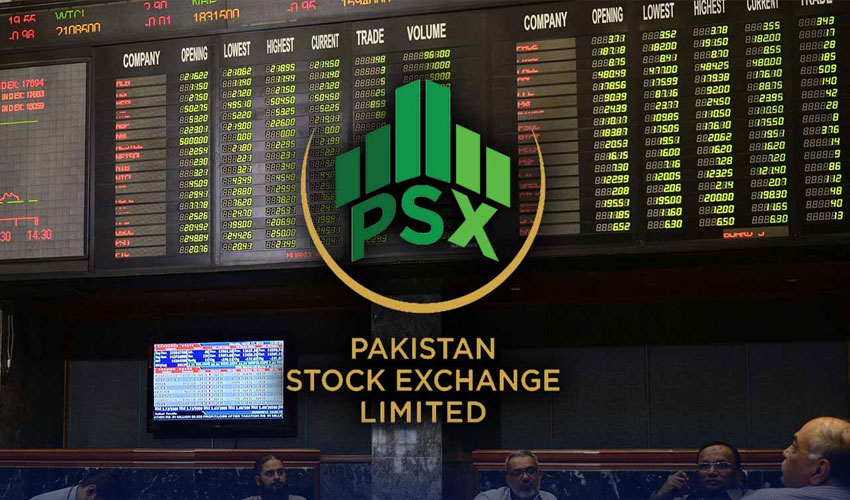In the current fiscal year, Pakistan’s economic growth is expected to reach 3%, and forecasts for the upcoming year indicate that it will continue to accelerate, according to State Bank of Pakistan (SBP) Governor Jameel Ahmad.
The chairman of the central bank emphasized the significance of steady and progressive growth in order to prevent future balance of payments problems during a press conference on Thursday.
He pointed out that although Pakistan’s economy has grown by an average of 3.5% over the past ten years, the nation occasionally sees notable growth spikes followed by difficulties in the years that follow.
He stated that “the path to stable growth lies in gradual and consistent development,” emphasizing that the SBP will concentrate on controlling inflation and obstacles related to the foreign account.
The governor of the SBP also disclosed the SBP’s inflation target, which is set at 5 to 7 percent for the current fiscal year. Other sectors would profit as well, he said, if economic indicators improve and inflation stays under control.
“We hope that Pakistan’s current account will remain in surplus through December,” he said.
Remittances and the stabilization of foreign debt
Another update from the governor was that Pakistan’s foreign debt is still manageable. Currently, the nation owes $100.8 billion in foreign debt.
Despite the $500 million increase in this amount as a result of debt revaluation, Ahmad guaranteed that the overall debt situation has much improved since 2022.
Remittances have been leveling off and are projected to reach $35 billion by the end of this fiscal year, according to Mr. Jameel, who spoke about foreign exchange inflows. Additionally, exports are improving, but he urged greater efforts to boost export volumes, which are crucial for lowering dependency on remittances.
Prioritize SMEs and export growth.
“Achieving sustainable economic growth will depend on increasing exports and reducing dependency on remittances,” Jameel Ahmad stated.
Additionally, the SBP governor emphasized that foreign exchange reserves are being used efficiently to satisfy the needs of international businesses and investors. Pakistan gave $330 million in dividends and earnings to foreign investors in 2023, and by 2024, that amount had increased to $2.2 billion.
He also emphasized the government’s significant emphasis on growing the Small and Medium Enterprises (SMEs) sector, which he thinks would be essential to economic growth. SME loans up to Rs 10 million can now be obtained under the new regulations without collateral.
Additionally, the government has increased the loan target for SMEs from Rs 543 billion to Rs 1,100 billion, and banks have been directed to lend an additional Rs 100 billion to SMEs each year.

 Business3 days ago
Business3 days ago
 Latest News3 days ago
Latest News3 days ago
 Latest News2 days ago
Latest News2 days ago
 Latest News2 days ago
Latest News2 days ago
 Latest News2 days ago
Latest News2 days ago
 Latest News3 days ago
Latest News3 days ago
 Business3 days ago
Business3 days ago
 Latest News2 days ago
Latest News2 days ago














 | Funny Videos | Sajjad Jani Official Team
| Funny Videos | Sajjad Jani Official Team